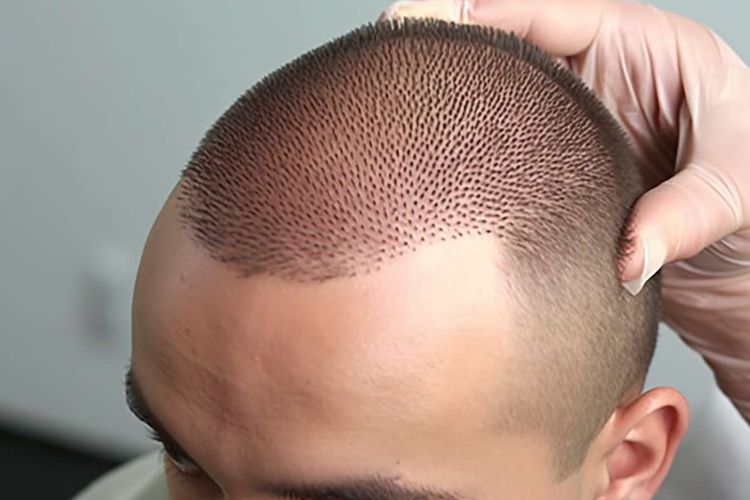3D Pens: A Guide to Creative Drawing in Three Dimensions
3D pens are innovative devices that allow users to draw and create three-dimensional objects by extruding heated plastic filament. These handheld tools have gained popularity among artists, designers, and hobbyists for their ability to bring ideas to life in a tangible form. This article explores the features, applications, and considerations of 3D pens.

How do 3D pens work?
3D pens function similarly to handheld 3D printers. They heat plastic filament, typically ABS or PLA, to its melting point and extrude it through a nozzle. As the melted plastic cools rapidly, it solidifies, allowing users to draw in the air or on surfaces to create three-dimensional structures. Most 3D pens feature adjustable temperature and speed settings to accommodate different types of filament and drawing techniques.
What are the main applications of 3D pens?
3D pens have found uses in various fields:
-
Art and Crafts: Artists use 3D pens to create sculptures, decorative items, and unique artworks.
-
Education: Schools employ 3D pens to teach spatial awareness, design thinking, and basic engineering concepts.
-
Prototyping: Designers and engineers use 3D pens for quick concept modelling and prototype refinement.
-
Repair and Customisation: 3D pens can be used to fix small plastic items or add custom details to existing objects.
What materials can be used with 3D pens?
Most 3D pens are compatible with a range of thermoplastic filaments:
-
ABS (Acrylonitrile Butadiene Styrene): Durable and heat-resistant, ideal for structural projects.
-
PLA (Polylactic Acid): Biodegradable, easy to use, and available in various colours.
-
PETG (Polyethylene Terephthalate Glycol): Flexible and food-safe.
-
TPU (Thermoplastic Polyurethane): Elastic and shock-absorbing, suitable for flexible designs.
What skills are needed to use a 3D pen effectively?
While 3D pens are user-friendly, mastering them requires practice and skills development:
-
Spatial awareness: Understanding how to create three-dimensional shapes in space.
-
Steady hand control: Maintaining consistent speed and pressure while drawing.
-
Temperature management: Adjusting heat settings for different filaments and techniques.
-
Design planning: Visualising and planning 3D structures before creation.
-
Material knowledge: Understanding the properties and behaviours of different filaments.
What are the advantages and limitations of 3D pens?
Advantages:
-
Portability and ease of use
-
Immediate creativity without complex software
-
Low entry cost compared to 3D printers
-
Versatility in applications
Limitations:
-
Less precise than 3D printers for complex designs
-
Limited to smaller-scale projects
-
Skill-dependent results
-
Potential safety concerns with hot nozzles
How do 3D pens compare in features and pricing?
3D pens vary in features and price points to suit different user needs and budgets. Here’s a comparison of some popular models:
| Model | Key Features | Filament Compatibility | Approximate Price |
|---|---|---|---|
| 3Doodler Create+ | Dual Drive technology, adjustable temperature | ABS, PLA, FLEXY, WOOD | £79.99 |
| MYNT3D Professional | Adjustable temperature, LCD display | ABS, PLA | £59.99 |
| Scribbler 3D Printing Pen V3 | Dual nozzle system, ceramic nozzle | ABS, PLA | £99.99 |
| LIX PEN UV | Ultra-slim design, USB charging | PLA | £139.99 |
| 7TECH 3D Printing Pen | Variable speed control, ceramic nozzle | ABS, PLA | £49.99 |
Prices, rates, or cost estimates mentioned in this article are based on the latest available information but may change over time. Independent research is advised before making financial decisions.
3D pens offer an accessible entry point into the world of 3D creation. Whether for artistic expression, educational purposes, or practical applications, these tools provide a unique blend of technology and creativity. As with any creative medium, the key to success lies in practice, experimentation, and imagination. As 3D pen technology continues to evolve, we can expect to see even more innovative applications and improvements in usability and precision.



